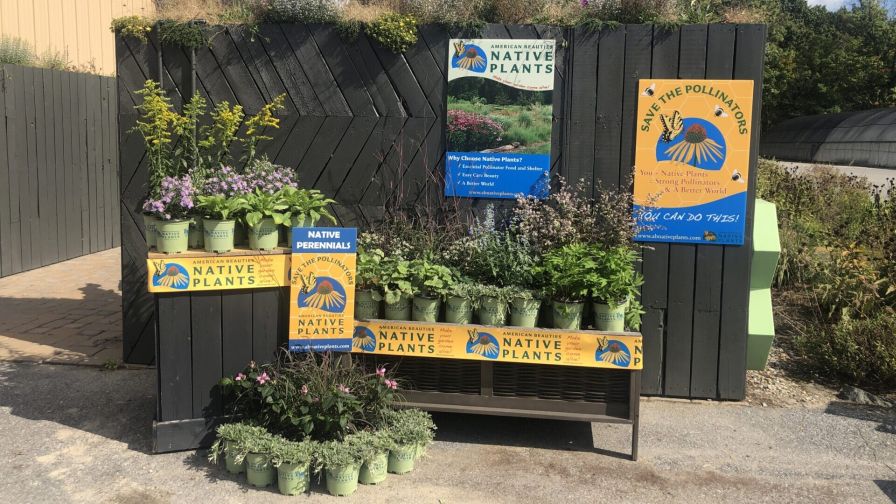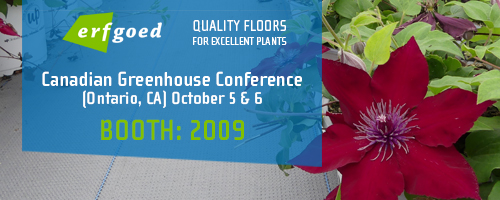Native Plant Sales Are Up; Here’s Why
Given the increased demand for native plants and consumers’ heightened interest in sustainability, a team of horticulture researchers set out to explore potential motivations for purchasing and using native plants in one’s landscape. In a recent e-GRO alert, the team highlights insights from a 2022 Horticultural Research Institute-funded study addressing this topic that was conducted in collaboration with Drs. Ariana Torres (Purdue University), Sue Barton (University of Delaware), and Bridget Behe (Michigan State University).
An online survey collected responses from 1,196 U.S. native plant purchasers. They indicated that in 2021 they spent (on average) $178 on native plants (versus $207 on plants in general), with many of the purchases occurring at specialty retailers (e.g., independent garden centers, nurseries, greenhouses) or at home improvement stores.
Plants are highly unique, so to determine what overall perceptions people have of native plant characteristics, participants used scales with opposite descriptions (e.g., common vs. rare) to select where they perceive native plants versus introduced plants.
In general, participants viewed native plants positively. Most participants (80% of the sample) believed native plants were pollinator friendly, followed by desirable (76%), aligning with their existing landscapes (74%), aesthetically pleasing (69%), wildlife friendly (65%), colorful (64%), non-invasive (62%), and aid in improving biodiversity (57%). They did perceive native plants as more common (vs. rare) and more prolific (vs. sterile) when compared to introduced species at 56% and 52%, respectively. Approximately half of the sample believed native plants did not require irrigation. Fewer participants viewed native plants as showy (vs. plain), compact (vs. leggy), uniform (vs. variable growth), and expensive (vs. inexpensive).
When it comes to perceived benefits of native plants, people also tended to view native plants positively. They agree the most with native plants being better adapted to difficult sites (than introduced plants), helping with water conservation, requiring less maintenance, being better for the environment, benefiting the economy, improving biodiversity, and being drought resistant.
Based on these results, there is an opportunity to align marketing efforts with the positive perceived characteristics and associations people already have for native plants (e.g., pollinator friendly, aesthetics, wildlife friendly, etc.) to add value for the customer. Given the positive perceptions of native plants, in-store signage and labels can be used to identify native plants and their benefits for the end customer. Additionally, continuing to provide information related to plant performance (e.g., aesthetic benefits [color, showy characteristics], growth habit) will help reassure potential customers that the plant meets their landscaping needs.









